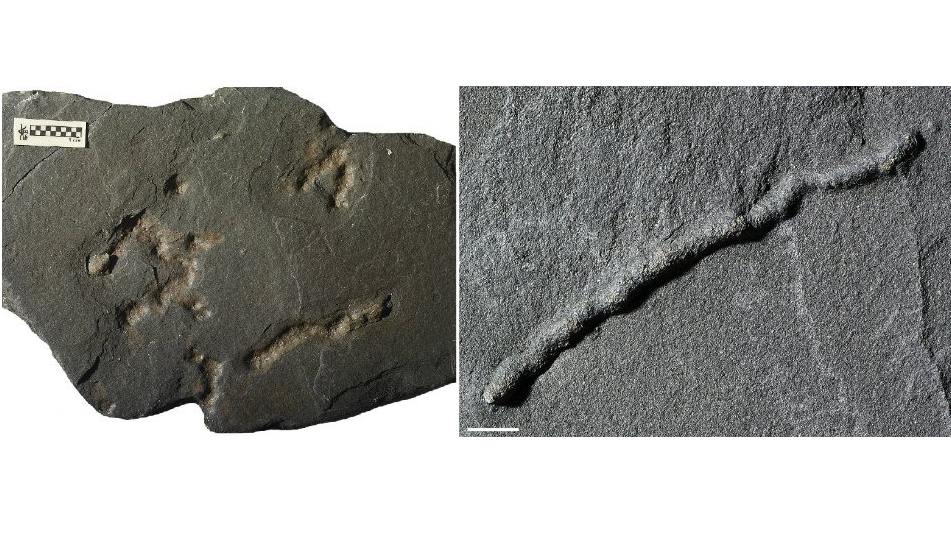Scientists have discovered in 2.1-billion-year-old black shale from a quarry in Gabon the earliest evidence of a revolutionary development in the history of life on Earth, the ability of organisms to move from one place to another on their own.
The researchers on Monday described exquisitely preserved fossils of small tubular structures created when unknown organisms moved through soft mud in search of food in a calm and shallow marine ecosystem. The fossils dated back to a time when Earth was oxygen-rich and boasted conditions conducive to simple cellular life evolving more complexity, they said.
Life emerged in Earth’s seas as single-celled bacterial organisms perhaps 4 billion years ago, but the earliest life forms lacked the ability to move independently, called motility. The Gabon fossils are roughly 1.5 billion years older than the previous earliest evidence of motility and appearance of animal life.
The Gabonese shale deposits have been a treasure trove, also containing fossils of the oldest-known multicellular organisms.
“What matters here is their astonishing complexity and diversity in shape and size, and likely in terms of metabolic, developmental and behavioral patterns, including the just-discovered earliest evidence of motility, at least for certain among them,” said paleobiogeochemist and sedimentologist Abderrazak El Albani of the University of Poitiers in France.
Loading...
The identity of these pioneering mobile organisms remains mysterious. The fossils did not include the organisms themselves.
The tubular structures, up to 6.7 inches (170 mm long), originally were made of organic matter, perhaps mucus strands left by organisms moving through mud.
The researchers said the structures may have been created by a multicellular organism or an aggregation of single-celled organisms akin to the slug-like organism formed when certain amoebas cluster together in lean times to move collectively to find a more hospitable environment.
“Life during the so-called Paleoproterozoic Era, 2.5 to 1.6 billion years ago, was not only bacterial, but more complex organisms had emerged at some point, likely only during some phases and under certain environmental circumstances,” El Albani said.
In comparison, the first vertebrates appeared about 525 million years ago, dinosaurs about 230 million years ago and Homo sapiens about 300,000 years ago.
The evolutionary experimentation with motility may have encountered a setback relatively soon after the Gabon organisms lived because of a dramatic drop in atmospheric oxygen 2.08 billion years ago.
The research was published in the Proceedings of the National Academy of Sciences. -Reuters
-Will Dunham
Loading...





















